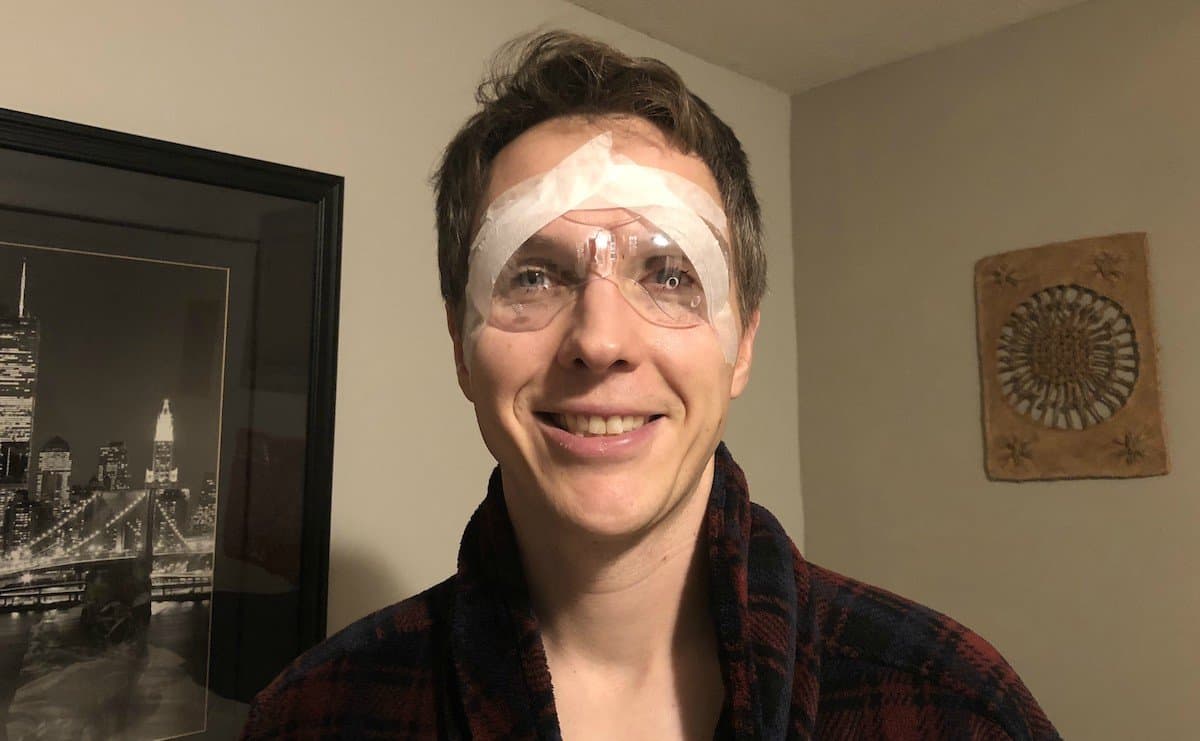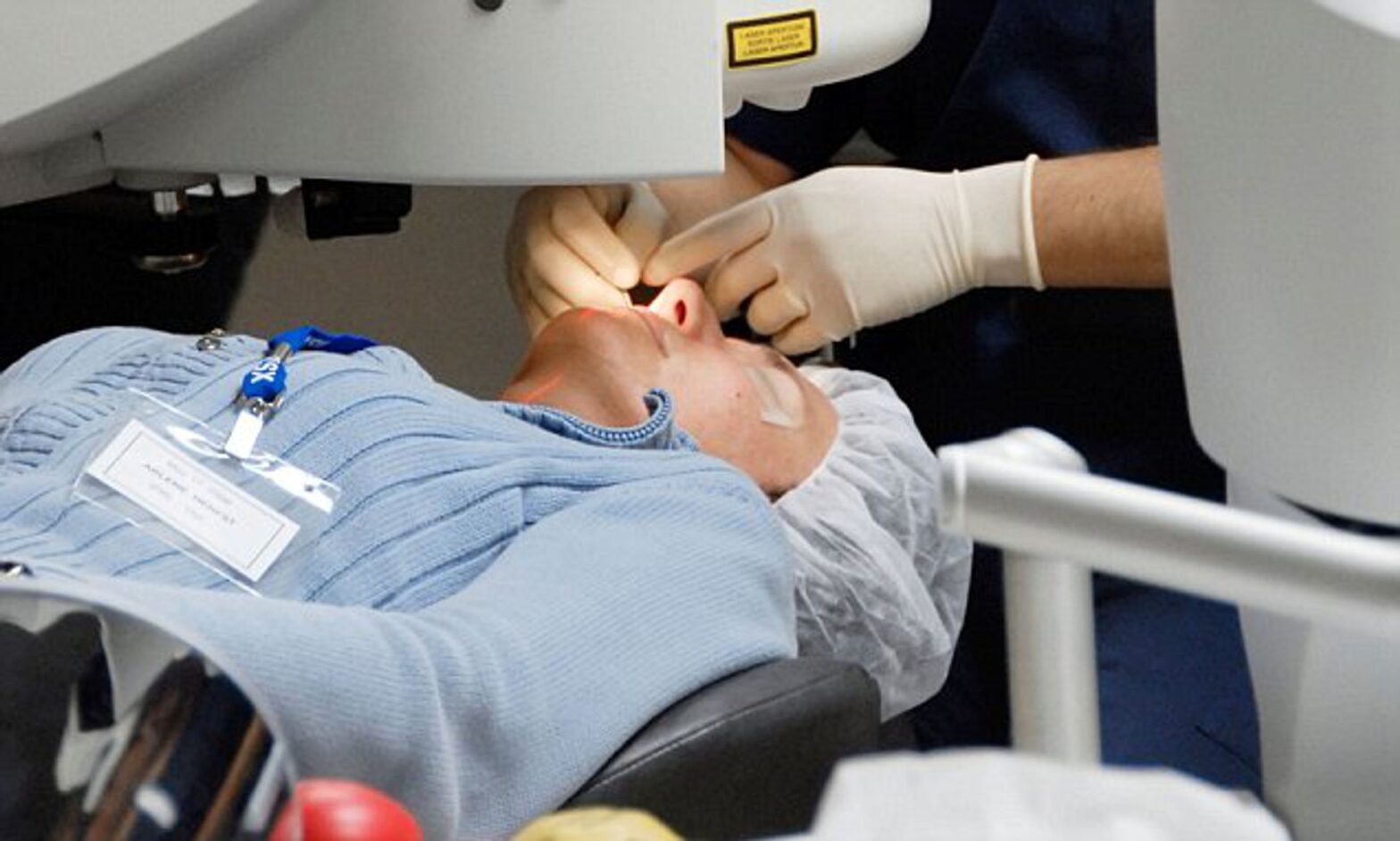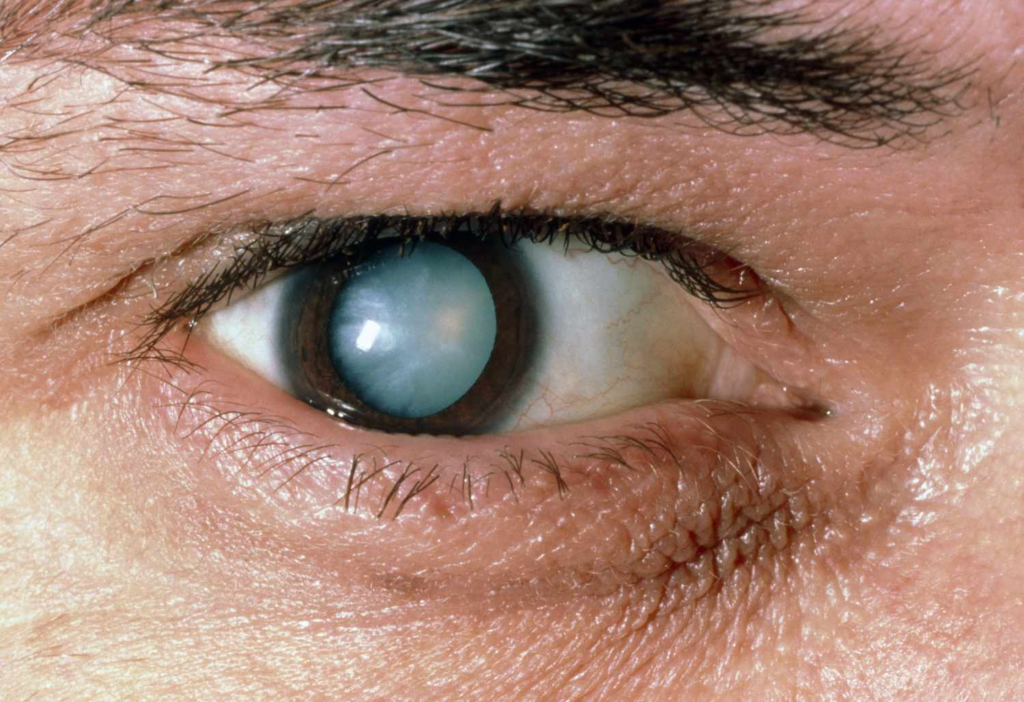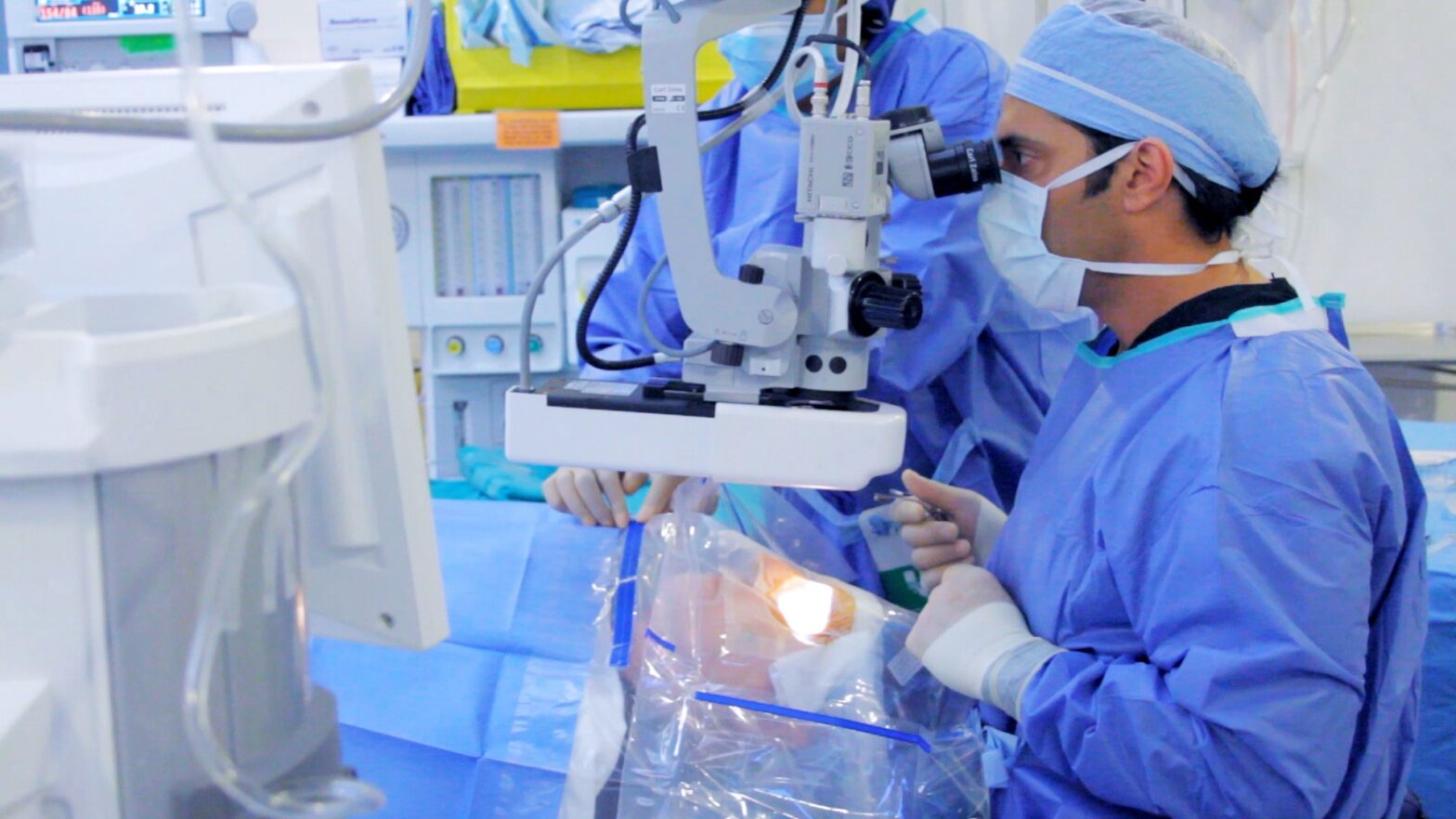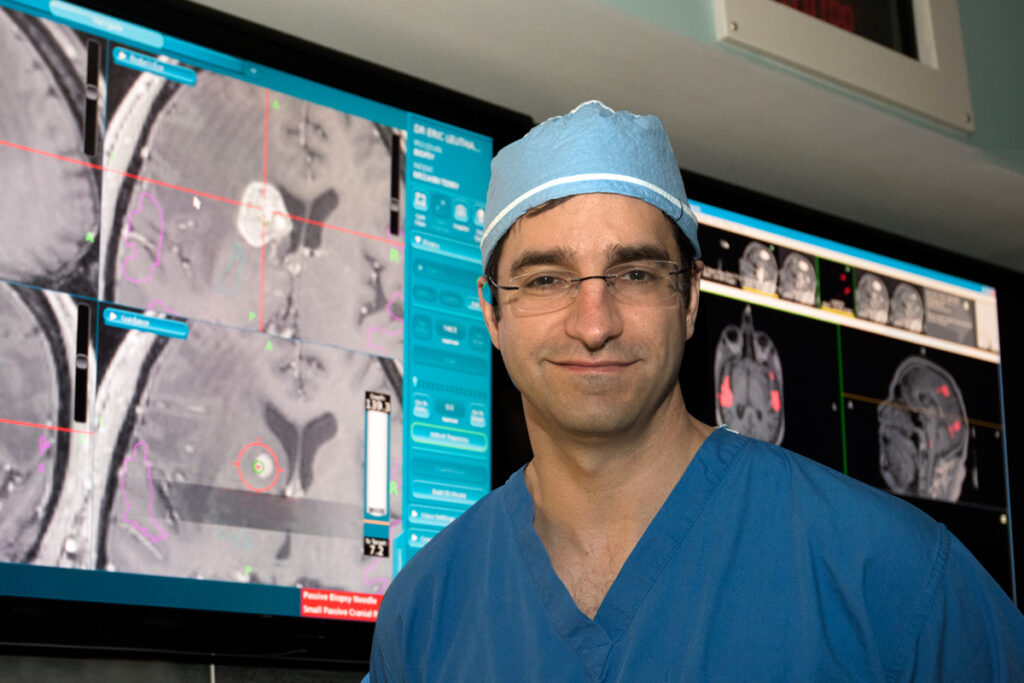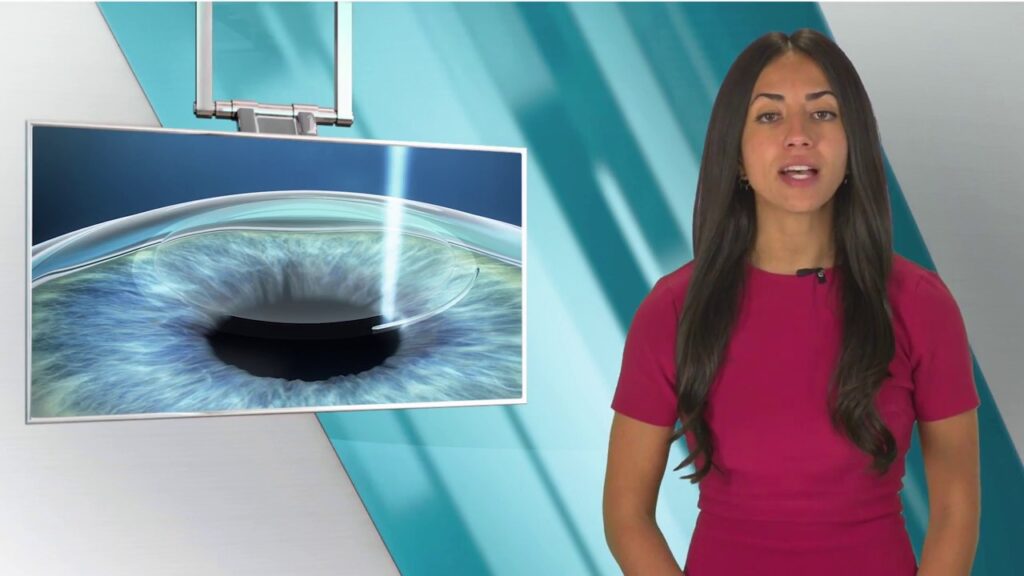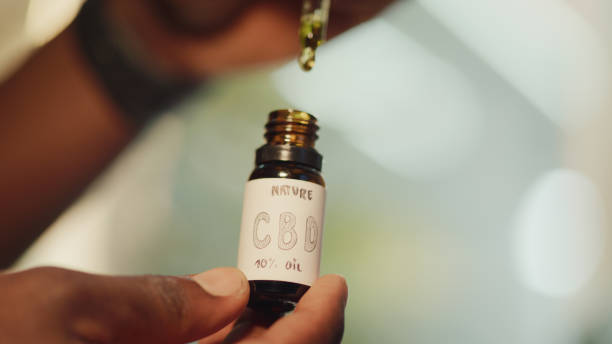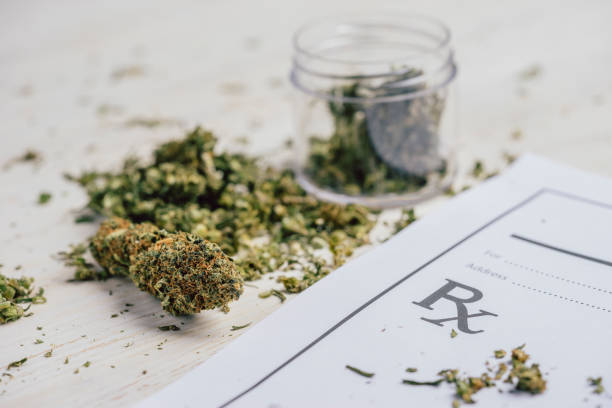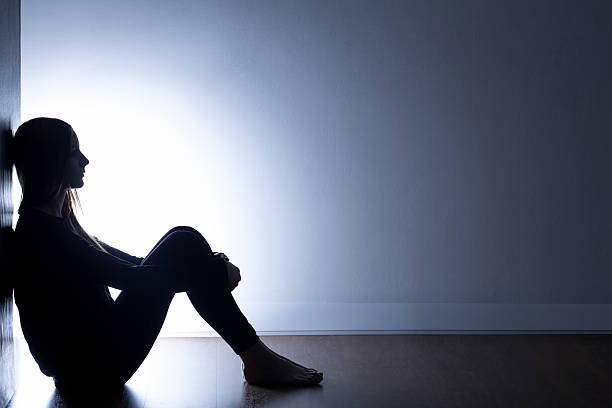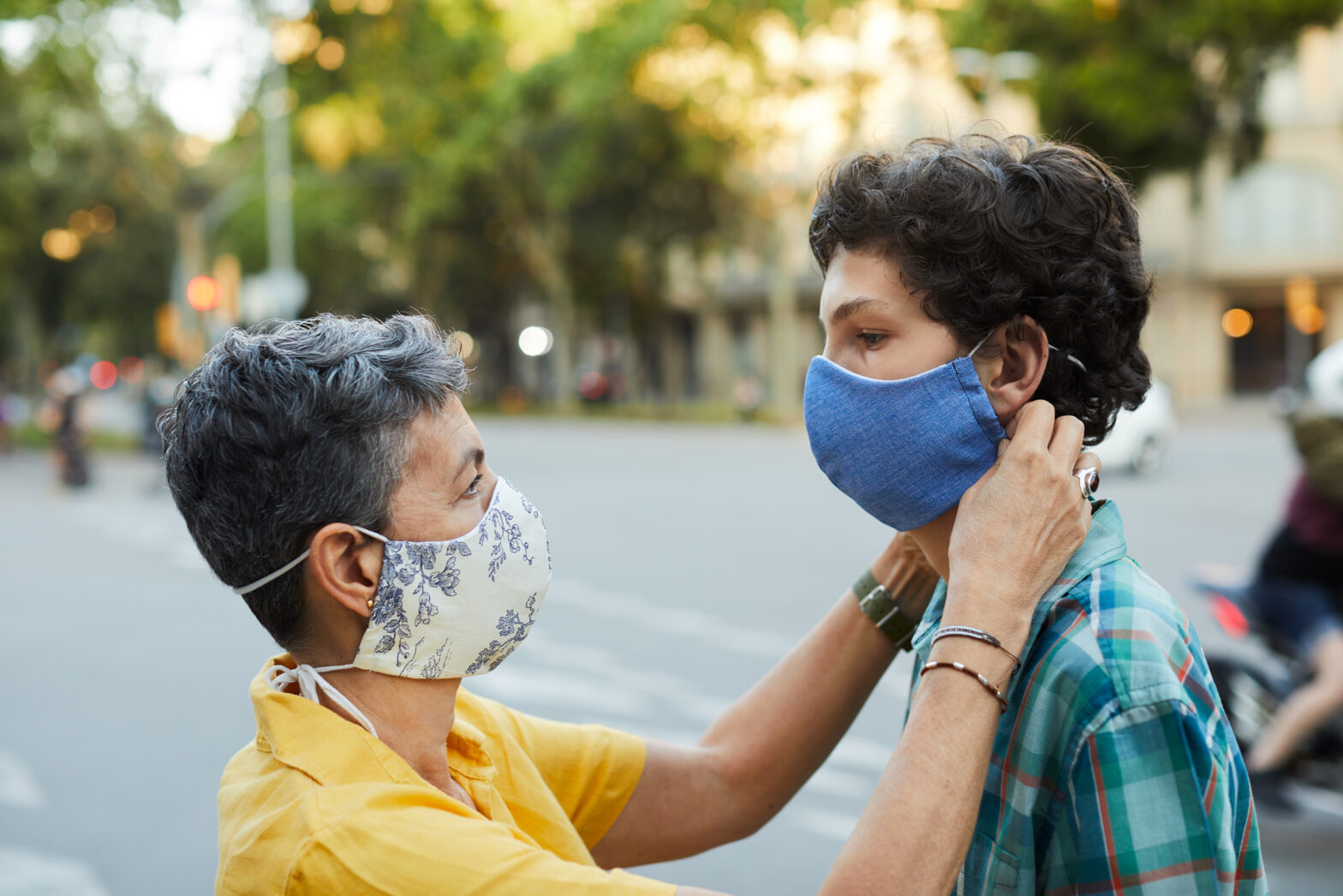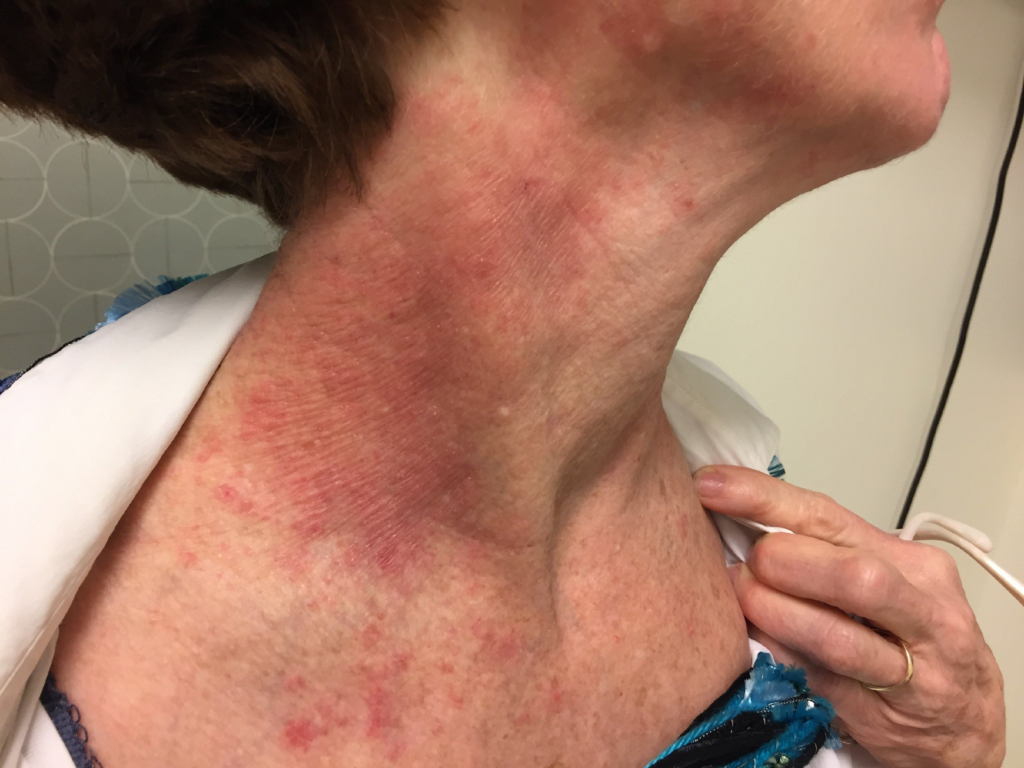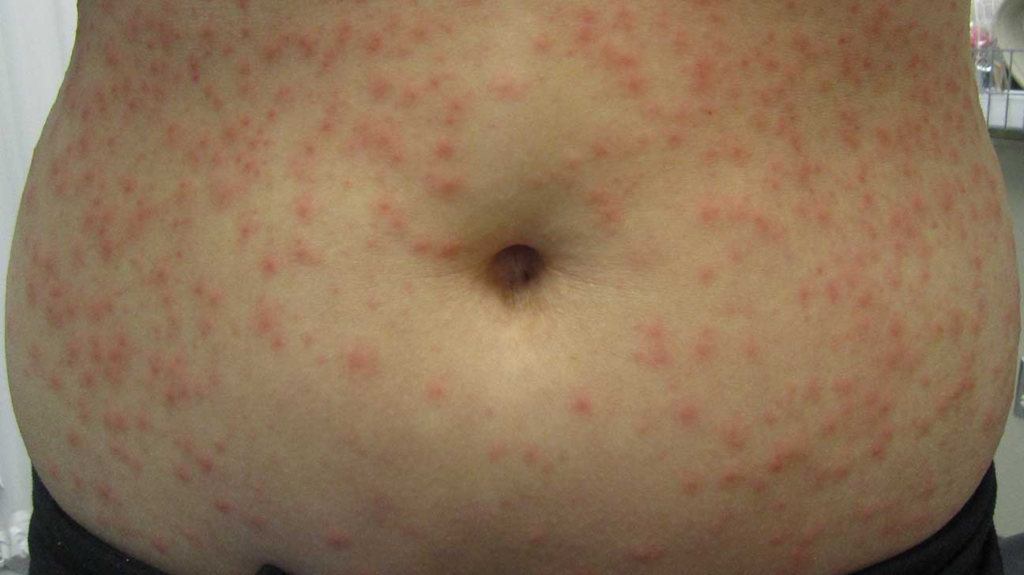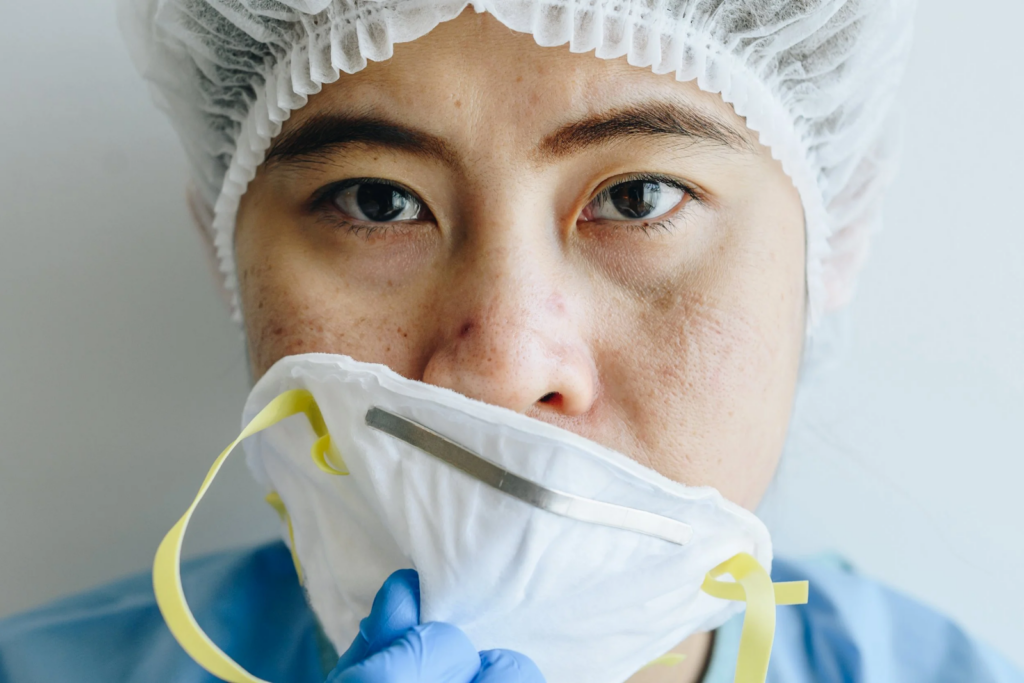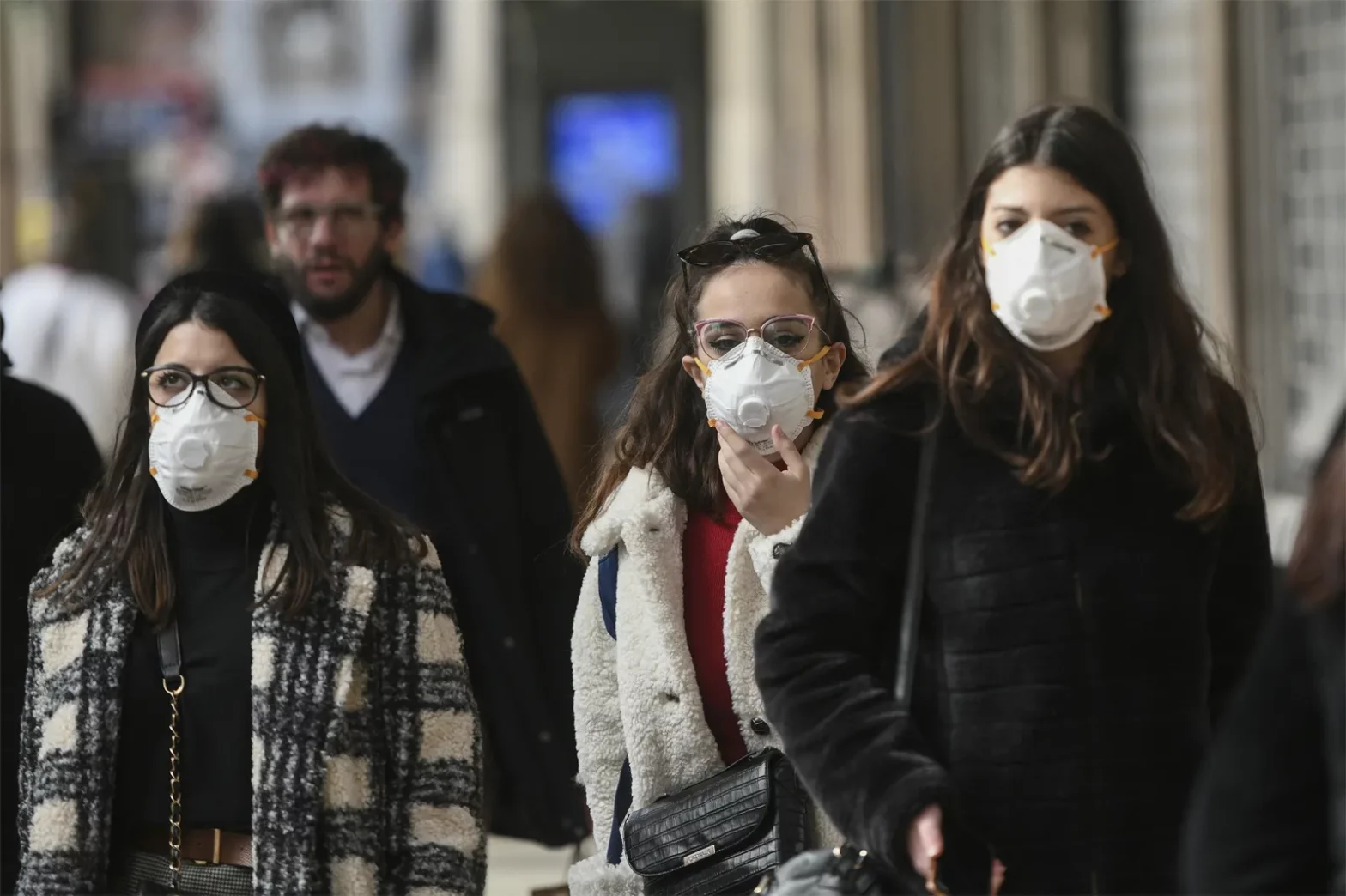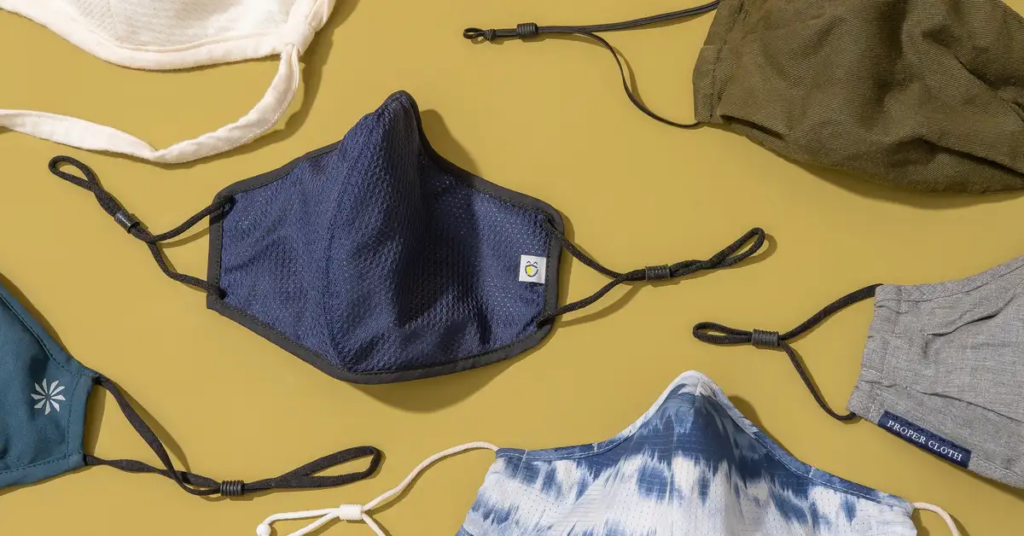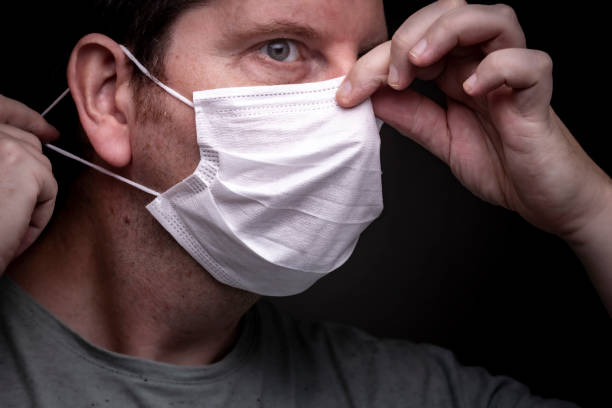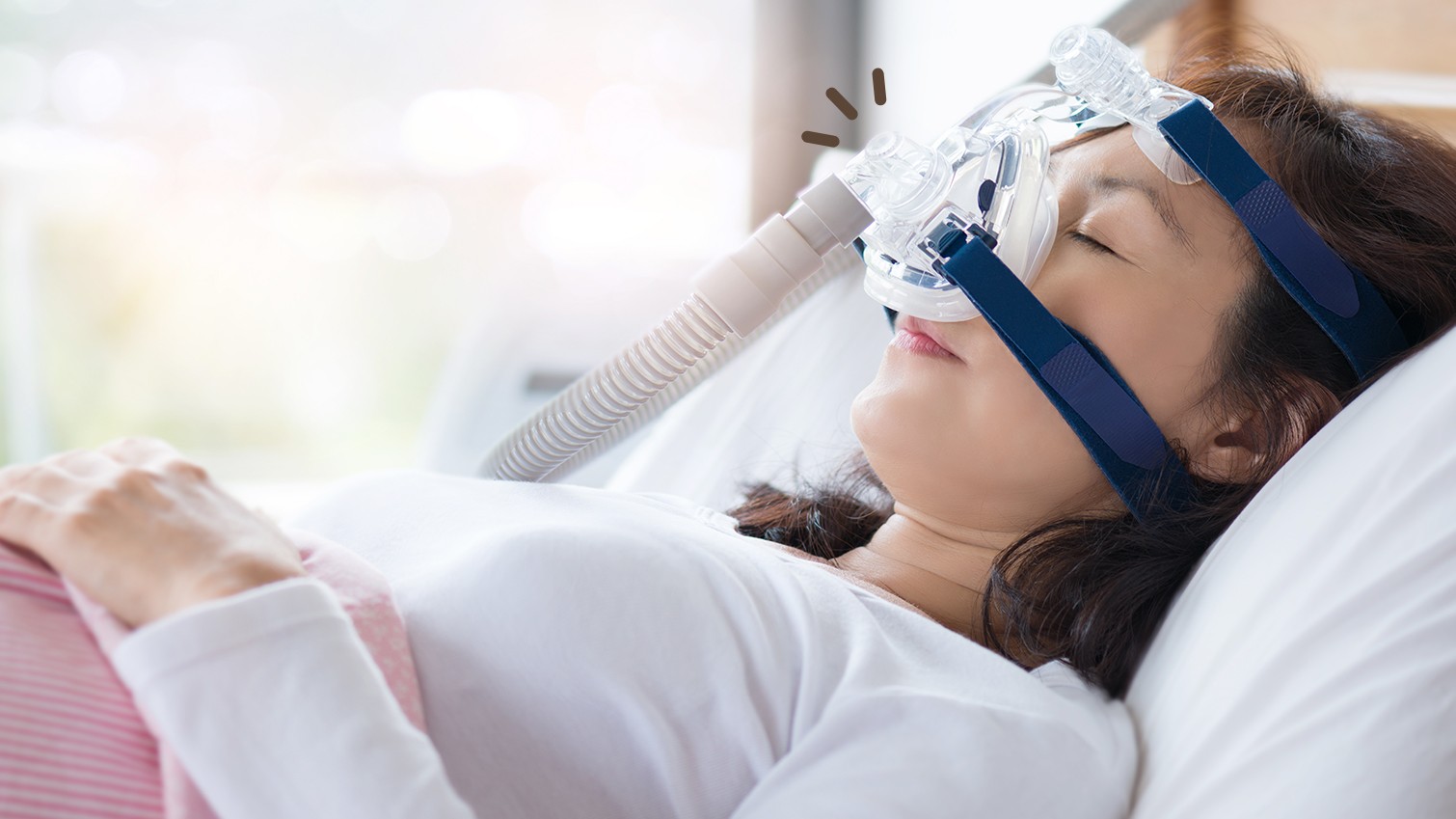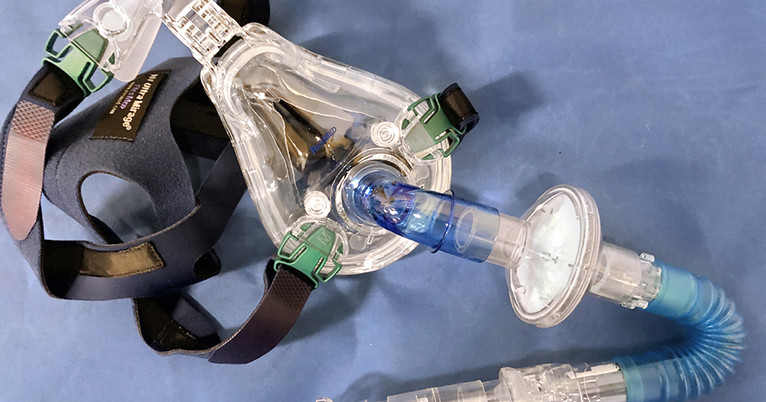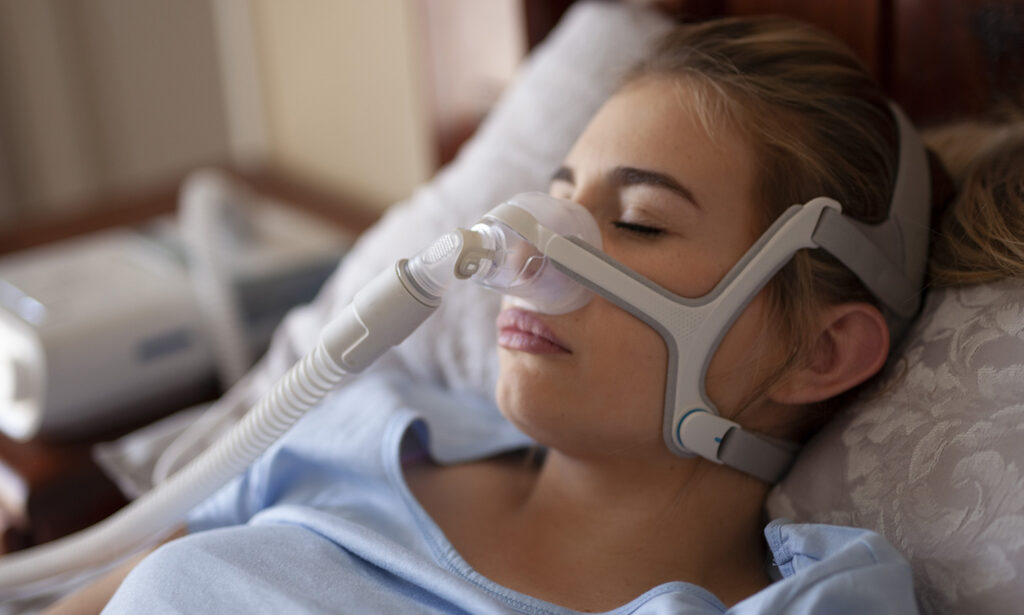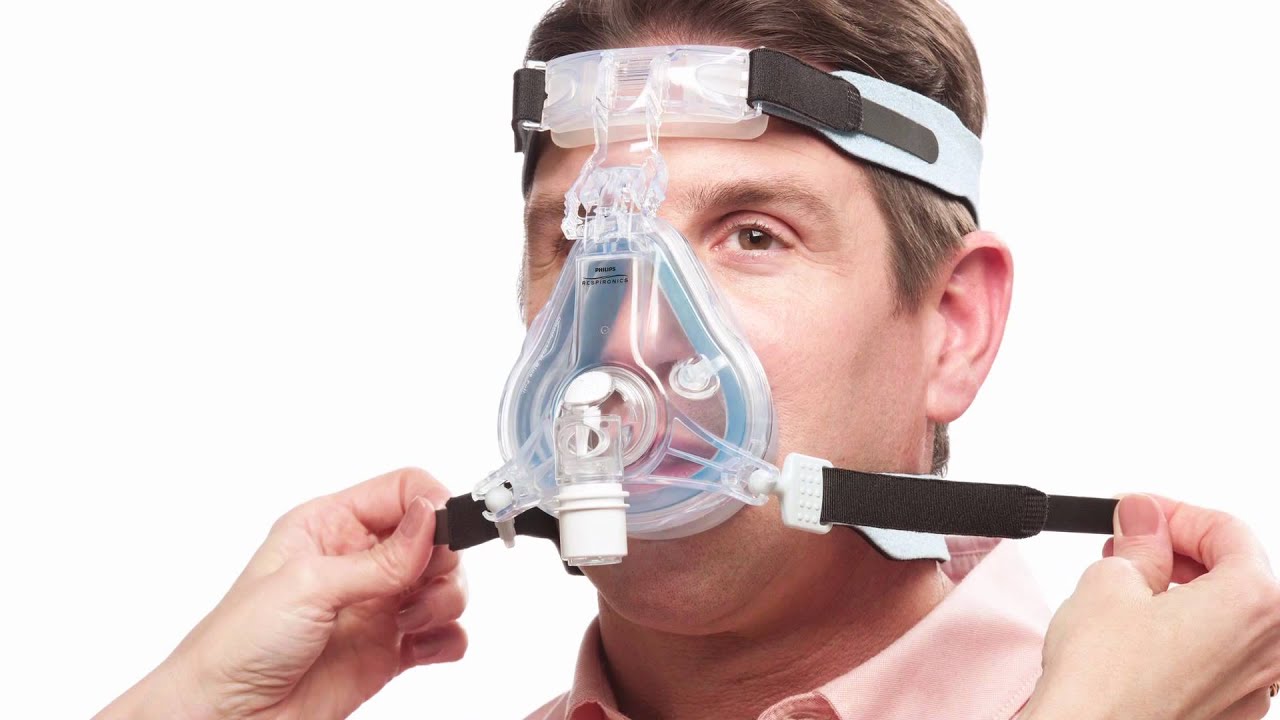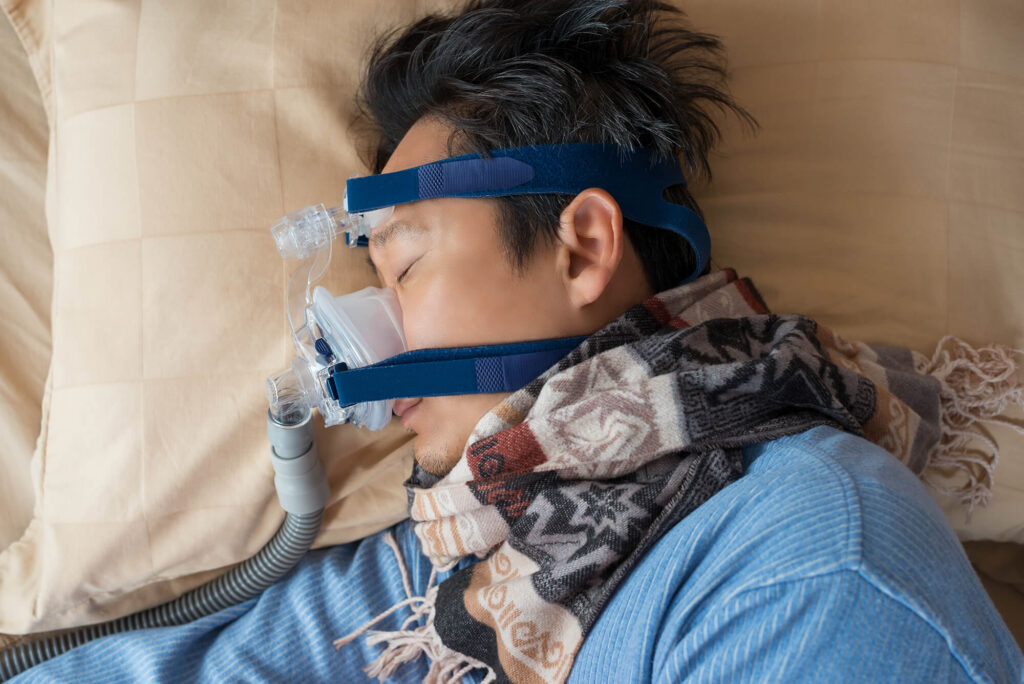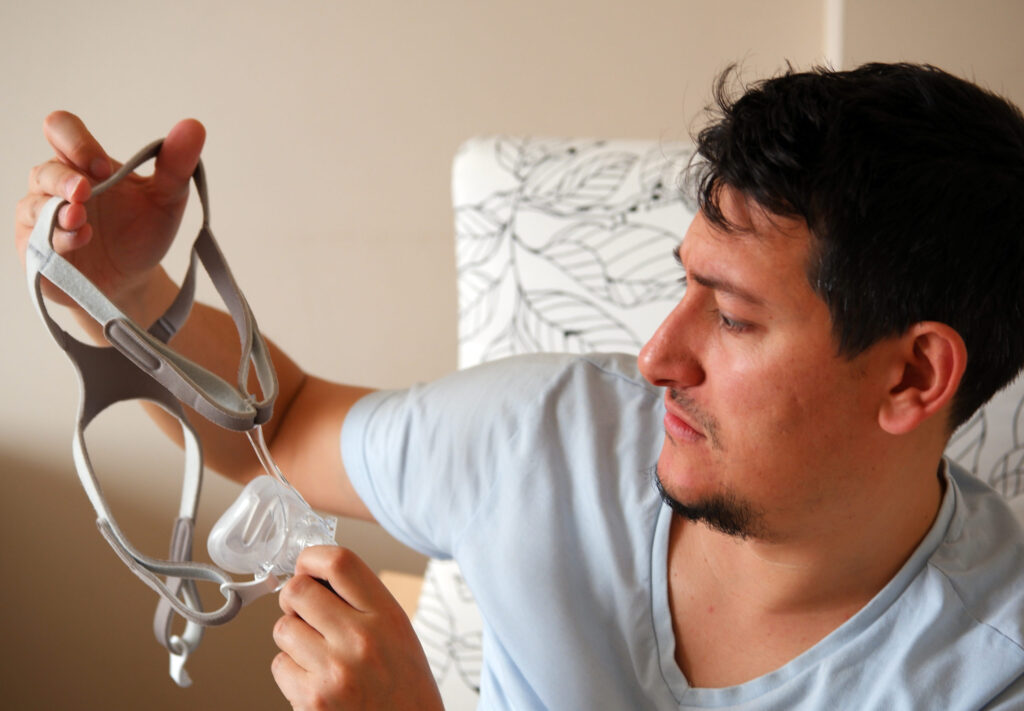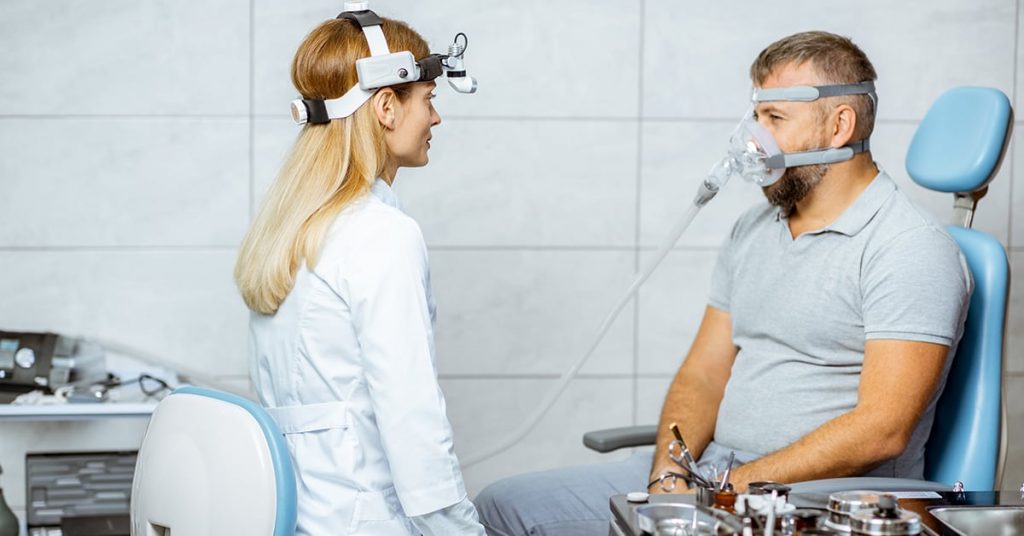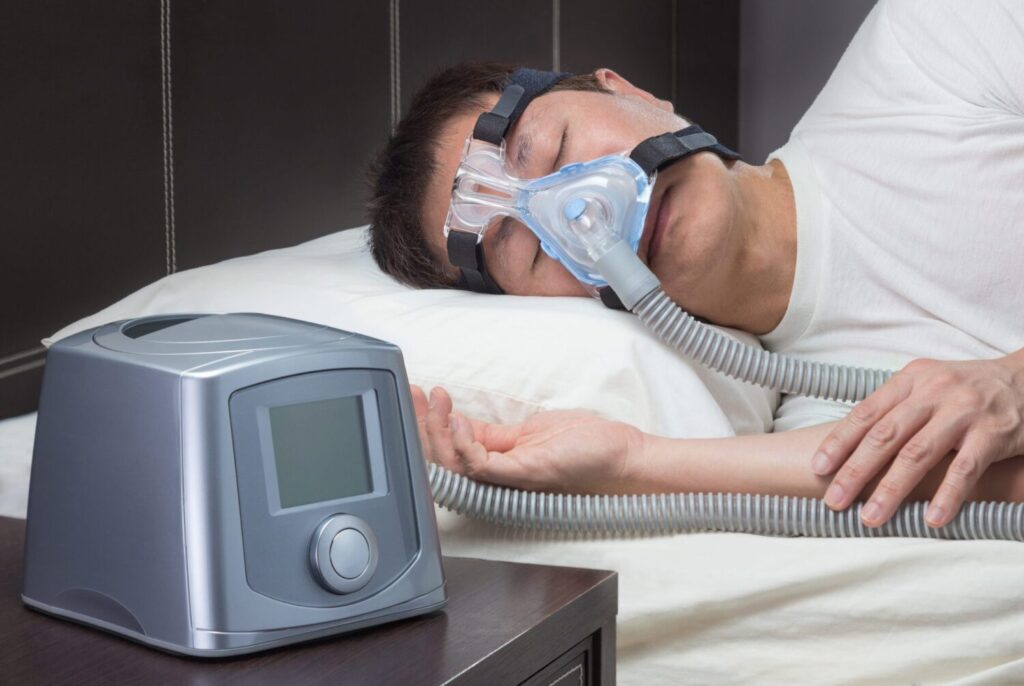Cataract surgery is the most commonly performed corrective procedure for patients with a particular eye condition called cataracts. The procedure has always proven safe and effective in helping millions worldwide restore their initial perfect vision.
The procedure involves using bladeless lasers to manually remove the lens and replace it with an intraocular one. During the cataract eye surgery, the doctor will use advanced laser technology through a computer to make specifications for better accuracy.
Cataract surgery is usually prescribed for patients with severe cases. Unfortunately, from a majority of the issues we have seen so far, people don’t take quick responses to the early warning signs of cataracts until they become partially blind. As a result, many cannot perform daily activities such as walking, reading, driving, and the like. Hence, the need for cataract surgery.
Cataract surgery can restore the seemingly worst vision into a perfect state within a few hours. But, when all hope is lost, cataract surgery becomes doctors’ last card joker to settle the scores.
However, not everyone is eligible to undergo the corrective vision procedure. Cataract surgery is not for everyone, even if your eye condition is at a severe stage, like every other eye surgery.

Are you a good candidate for cataract surgery?
A few factors may disqualify some people from undergoing cataract surgery. You will discover your eligibility as you follow every word in this post.
People with cataracts need to know their eligibility before enrolling for surgery because unqualified candidates can get worse results after the procedure.
The best candidate for cataract surgery is first a person who desires better vision and is tired of struggling with blurry vision. The first criterion that qualifies you as an eligible candidate for cataract surgery is the resolution in your heart to say goodbye to impaired vision. But it doesn’t end there.
A good cataract surgery candidate must also be in sound health and not have any health complications. So, without more ado, let’s enumerate the criteria that make you a good candidate for cataract surgery.
What makes you a good candidate for cataract surgery?
1. You must be at least 18 years old
Cataract surgery is not suitable for anyone under the age of 18. In addition, teens are not advised to enroll for cataract surgery because they are still growing, and their eyesight may be unstable during that period.
Usually, the best time to undergo any form of refractive surgery is when you are in your early 20s. At that time, your sight would have become stable. Preferably, you should be around 21-25 years before having cataract surgery. If you undergo the procedure when your eyes are still changing, your vision may continue after the surgery.
2. You must have a stable prescribe
This fact is an offshoot of the first requirement above, and it’s an essential factor in determining whether you will be enrolled for cataract surgery.
Even if you are above eighteen years, your vision prescription might still be changing, and that can affect your chance of undergoing surgery. For that reason, doctors will conduct a series of eye examinations to determine the stability of your prescription.
An unstable prescription can prevent cataract surgery from being effective. Hence, we recommend that you are sure you have a stable prescription for two years before going for cataract surgery.
3. You must be in a sound health
No experienced surgeon will conduct cataract surgery for someone with health conditions. A good candidate for cataract surgery must be hail and hearty; not diagnosed with some health complications.
For instance, if you have been diagnosed with diabetes or other autoimmune diseases, it may prevent you from having the best result from cataract surgery.
Specific eye problems can also disqualify you as a good candidate for cataract surgery. That is one good reason doctors will first conduct a comprehensive examination of your body before confirming your appointment for cataract surgery.
If your eye conditions prevent you from cataract surgery, your healthcare provider will provide other effective alternatives to heal cataracts.

4. You must not have dry eyes
Dry eyes are another factor that can disqualify you from having cataract surgery. Cataract surgery might not be the best option for you if you have dry eyes presently or are prone to develop them later.
Before you are enrolled for cataract surgery, your doctor would first screen your eyes for dry eyes. If it appears that you have dry eyes, your doctor would need first to treat the dry eyes and make sure it is healed before you can proceed to cataract surgery
Meanwhile, it doesn’t take much to heal dry eyes. It can be as simple as taking nutritional supplements or using artificial tears to put your eyes in good condition for the surgery.
5. You must not be pregnant or nursing babies
This tip might not be good news for women diagnosed with cataracts. Pregnancy can be why you will be asked to try other corrective options to heal your impaired vision. If you experience severe symptoms of cataracts when you are pregnant, you may have to wait for the next two years. The reason is that pregnancy causes some hormonal imbalance which will put you out of an excellent condition to have surgery.
Women must resume breastfeeding after delivery for 6 to 12 months. That’s another factor that can disqualify you from being a good candidate for cataract surgery. No worries; your doctor will recommend the most suitable corrective option for your impaired sight according to your health status during pregnancy.
6. The thickness of your cornea
If your cornea is too thin for surgical operations, it may be difficult for your surgeon to perform cataract surgery on your eyes. If your corneal is not thick enough, your surgeon cannot complete the surgery excellently, which may cause further complications that may damage the eyes.
Conclusion
It is essential to first find out about your eligibility as a candidate for attractive surgery before you enroll for the procedure. Hence, it is always best to book a consultation with an experienced surgeon specializing in cataract surgery for a critical examination of your eyes and overall health.
